The city of Buenos Aires has many attractions, activities and must-see places. On this occasion, we want to bring you several plans to enjoy a day outdoors in this wonderful city!
We prepare a list of several parks and squares for you to enjoy, depending on the area you are going to visit. We already brought you the option of the Tigre in this other note, but, now, we want to focus more on the capital of this great city…
Get ready to have an updated list of beautiful green spaces to live Buenos Aires outdoors!
Palermo Woods (Bosques de Palermo)
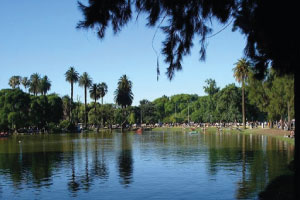 An immense place, surrounded by trees, paths to carry out different physical activities, or simply go around the lake and enjoy a little peace.
An immense place, surrounded by trees, paths to carry out different physical activities, or simply go around the lake and enjoy a little peace.
In the heart of one of the largest neighborhoods that Buenos Aires has, you are going to love visiting this space of giant vegetation!
Within the Bosques de Palermo you will find the Paseo del Rosedal (here you can see our note about the Rosedal), and the well-known Planetarium!
But these are not its only attractions, you can do the type of physical activity you want, or if you prefer, enjoy a delicious craft beer in the open air. Sure, it is an area surrounded by bars!
Entrance is free and open. It has several streets to enter, but the most common are Av. Sarmiento and Av. Libertador.
The reality is that you have many meters to walk and go!
Close to the Bosques de Palermo, just a couple of blocks away, you will find the Ecopark. Here we leave you a note about this space!
Japanese Garden
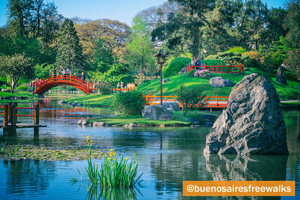 In the heart of Palermo, and very close to the Palermo Woods, you will find this typical Japanese-style Garden. Without a doubt, you are going to fall in love with this place, so we recommend you go with time and early, to be able to spend several hours inside.
In the heart of Palermo, and very close to the Palermo Woods, you will find this typical Japanese-style Garden. Without a doubt, you are going to fall in love with this place, so we recommend you go with time and early, to be able to spend several hours inside.
Although the space is not as big as the rest of the spaces that we comment you in this note, this one in particular will make you want to go through it more than once and enjoy each step.
Not only are its trees charming, but all the typical structure of Japan will amaze you. Another note of color is that in the lagoon you will find the typical Koi fish.
Inside the park you will find many attractions, for which we leave you this note with all the details of this fantastic place!
Botanical Garden
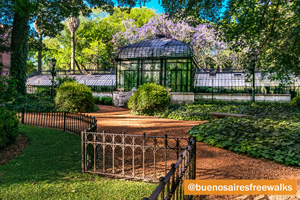 If you like plants, trees and vegetables, this place is ideal for you! It has more than 7 hectares and is the cradle of 6,000 plant species. The good news is that, as you walk through the Garden, each species has its name so you can learn them!
If you like plants, trees and vegetables, this place is ideal for you! It has more than 7 hectares and is the cradle of 6,000 plant species. The good news is that, as you walk through the Garden, each species has its name so you can learn them!
Located on Av. Santa Fe y República Árabe Syria, it is an immense space of pure air, ideal for a day of walking, relaxation and learning.
It has many attractions, which we detail in this note here!
Entrance is free and open.
On Mondays it is closed for cleaning and specific care. Then, in the summer season (September 22 to April 21) it opens Tuesday to Friday from 8 a.m. to 6:45 p.m. and Saturday, Sunday and holidays from 9:30 a.m. to 6:45 p.m. While in winter season (April 22 to September 21) Tuesday to Friday open from 8 a.m. to 5:45 p.m. and Saturday, Sunday and holidays from 9:30 a.m. to 5:45 p.m.
Here we leave you their website so you can have all the updated information!
Floralis Generic
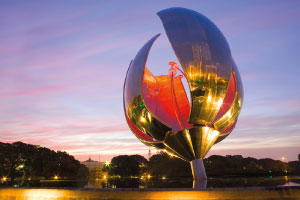
Metal sculpture 23 meters high, weighing 18 tons. It was a gift to the city of Buenos Aires from the Argentine architect Eduardo Catalano.
Located in Av. Figueroa Alcorta, it was inaugurated in April 2002.
It is a giant flower made of stainless steel, aluminum and reinforced concrete. Look towards the sky, and through an electrical system, it opens and closes its six petals depending on the time of day.
It opens every morning at 8am and closes at sunset, at a different time depending on the season of the year, due to the availability of sunlight.
The description of its name is: Floralis, which belongs to the flora (flowers), and Generic for the word “gender“, that is, it represents all the flowers that exist. For this reason, its system emulates the behavior of a natural flower.
Here we leave you a note with all the information about this beautiful and huge sculpture!
San Martín Square
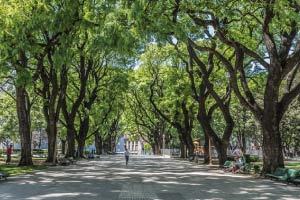 In the heart of Microcentro (Retiro), you will find this imposing Plaza. Very close to the Retiro station, renowned for many historical events that occurred there.
In the heart of Microcentro (Retiro), you will find this imposing Plaza. Very close to the Retiro station, renowned for many historical events that occurred there.
It has a playground for the little ones; and many meters for the delight of being able to read a book under a tree, enjoy an ice cream on one of its beautiful benches, or simply go for a walk along all the paths it has.
It’s really huge and full of beautiful trees, so its variety of birds is high as well.
It’s a great way to cut off and isolate yourself a bit from the noise of cars on Av. San Martín.
In front, you will find several cafes, ice cream parlors and kiosks, in case you need food to throw a blanket on the grass and just enjoy the day.
If you go by subway, line C has the “San Martín” station that leaves you right at the direct exit to the Plaza. If you use line E, you should get off at “Retiro” Station. Also, there are many bus lines that reach here.
It has free and open entry. Here you can know more!
Ecological Reserve
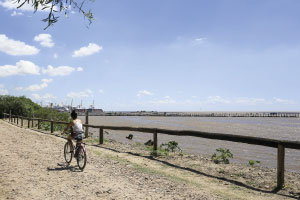 It is one of the largest urban reserves in Latin America.
It is one of the largest urban reserves in Latin America.
Located in the neighborhood of Puerto Madero, it is in what is known as Costanera Sur.
It has 350 hectares, with more than 2,000 species of animals that vary in birds, mammals, amphibians, reptiles and a variety of native vegetation.
The entrance can be from Viamonte street, or, also, from Brazil.
Ideal if you want to walk a bit in the middle of pure nature! It is a space that cuts with the bustle of the city and manages to isolate you, to immerse yourself in a large forest with many trails with viewpoints to the Río de la Plata.
Hours: Tuesday to Sunday from 9 a.m. to 6 p.m. It does not open on rainy days.
Here we leave you a note about this beautiful green space!
Lezama Park
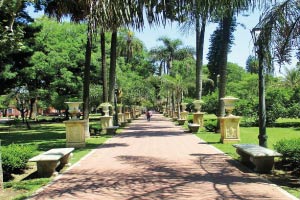 Located in the neighborhood of San Telmo (almost La Boca), this immense park is one of the most named.
Located in the neighborhood of San Telmo (almost La Boca), this immense park is one of the most named.
It has several sculptures and many meters to place you wherever you like. Also, you will find an amphitheater, a fountain and, depending on the day you go, a great fair.
Around it, you will find several bars, many of which have the Take Away option so you can improvise a picnic outdoors!
Entrance is free and open. You can enter by Av. Brasil or by Defense. And then, you can walk through the Defense fair and visit all the Antiques stores that this picturesque neighborhood has, as well as getting to know the notable bars.
In this other note, you will find all the details of this great green space!
Here we leave you a note of the best still lifes in Buenos Aires for you to guide!
BONUS TRACK:
In addition, we leave you a list of some parks that you can enjoy in different neighborhoods:
-Almagro: Centennial Park (Parque Centenario)
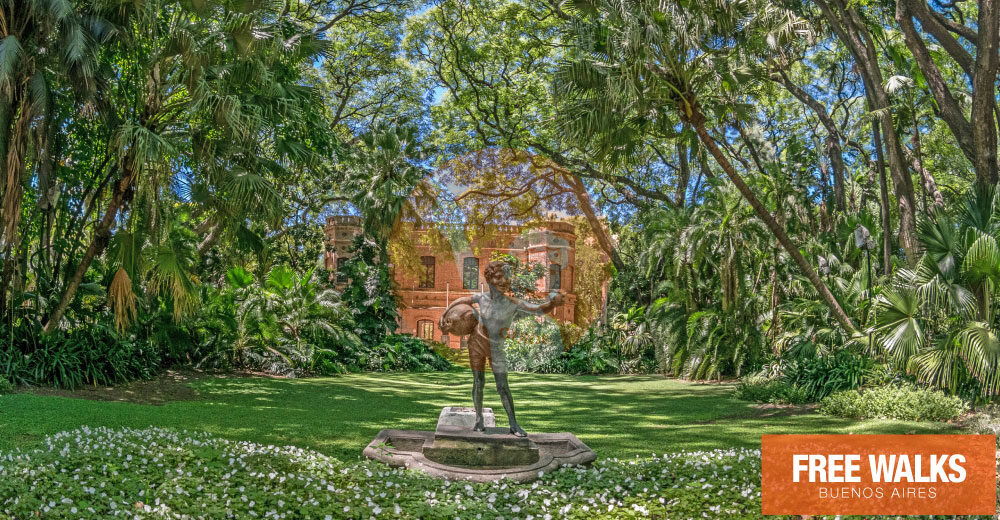
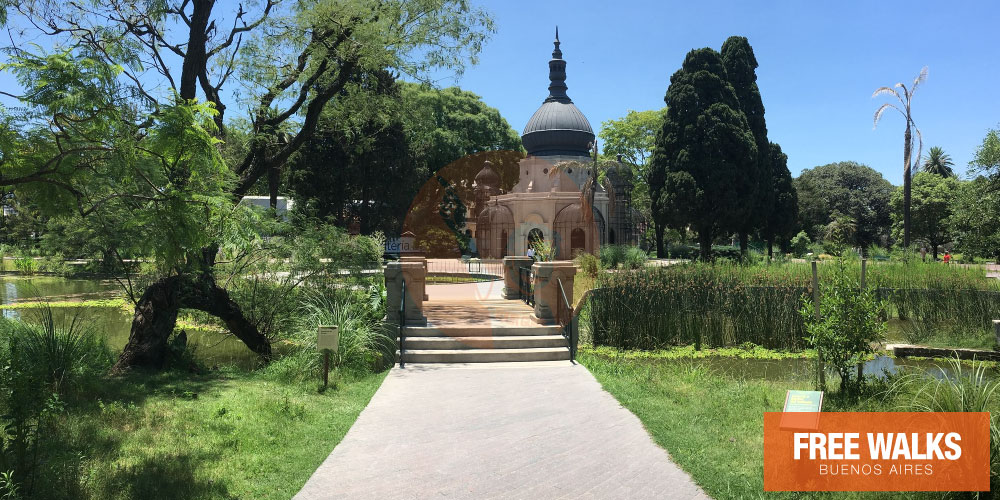
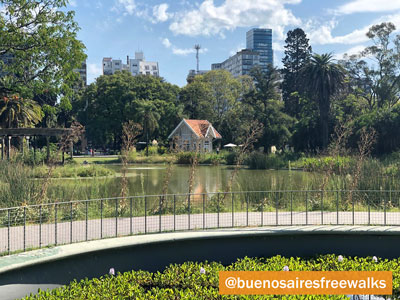 It is a park open to the public in the heart of Palermo. Located at Av. Sarmiento and Av. Las Heras, it is in charge of the Ministry of the Environment and Public Space of the City. Several Special Projects have been created for animal care.
It is a park open to the public in the heart of Palermo. Located at Av. Sarmiento and Av. Las Heras, it is in charge of the Ministry of the Environment and Public Space of the City. Several Special Projects have been created for animal care.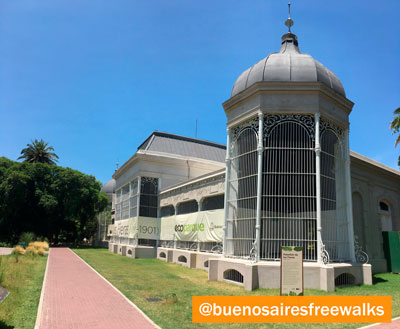 The entrance to the park is through Av. Sarmiento 2601 and its hours are from Wednesday to Sunday (and holidays), from 10 am to 5 pm. Closed due to rain!
The entrance to the park is through Av. Sarmiento 2601 and its hours are from Wednesday to Sunday (and holidays), from 10 am to 5 pm. Closed due to rain!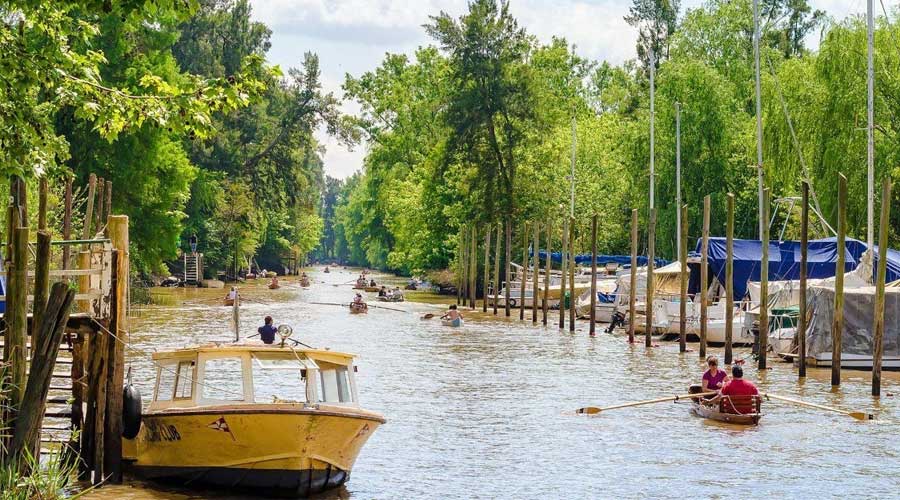
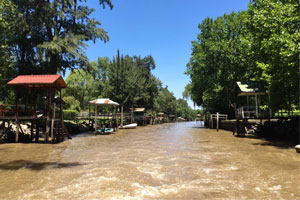 Without a doubt, the main attraction in Tigre is the Delta. The Delta forms at the mouth of one or more rivers. The rivers have been dragging sediments throughout their journey and when they reach ocean level, they lose their capacity to transport them. For this reason, these sediments are deposited in the river beds. This is how islands and small rivers in the shape of labyrinths are formed.
Without a doubt, the main attraction in Tigre is the Delta. The Delta forms at the mouth of one or more rivers. The rivers have been dragging sediments throughout their journey and when they reach ocean level, they lose their capacity to transport them. For this reason, these sediments are deposited in the river beds. This is how islands and small rivers in the shape of labyrinths are formed.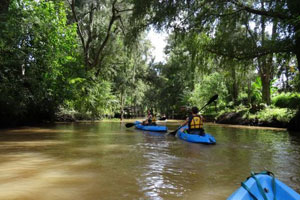 For those who want to do a bit of sport, a very good option is to go on a Kayak tour. There are many companies that offer the service, either for rent or for a ride. Keep in mind that, to rent, you need experience because it is a very busy area.
For those who want to do a bit of sport, a very good option is to go on a Kayak tour. There are many companies that offer the service, either for rent or for a ride. Keep in mind that, to rent, you need experience because it is a very busy area.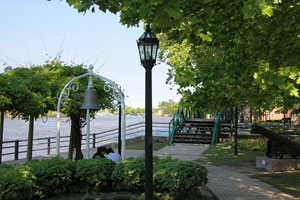 A few blocks from the transport station, the Paseo Victorica begins, a beautiful route on the banks of the Luján River. They are a little more than 10 blocks to enjoy the view of the river. There you can sit in one of the restaurants to eat or drink something or just enjoy the view sitting on a public bench.
A few blocks from the transport station, the Paseo Victorica begins, a beautiful route on the banks of the Luján River. They are a little more than 10 blocks to enjoy the view of the river. There you can sit in one of the restaurants to eat or drink something or just enjoy the view sitting on a public bench.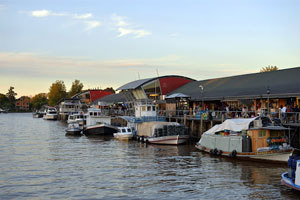 The Puerto de Frutos is a market that has changed over the years. It carries that name because in the beginning, exclusively Fruits and Vegetables that came from the Paraná River were sold by boat.
The Puerto de Frutos is a market that has changed over the years. It carries that name because in the beginning, exclusively Fruits and Vegetables that came from the Paraná River were sold by boat.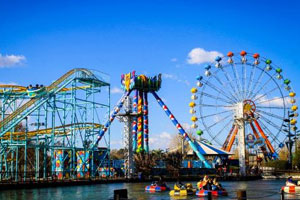 If the adrenaline of the boats or kayaks was not enough, you can try spending a few hours in the Parque de la Costa Amusement Park.
If the adrenaline of the boats or kayaks was not enough, you can try spending a few hours in the Parque de la Costa Amusement Park.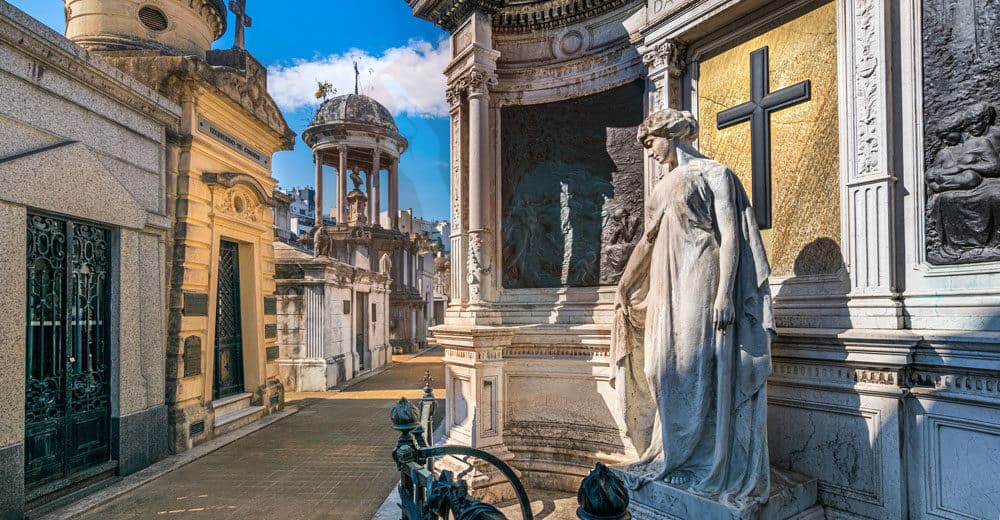
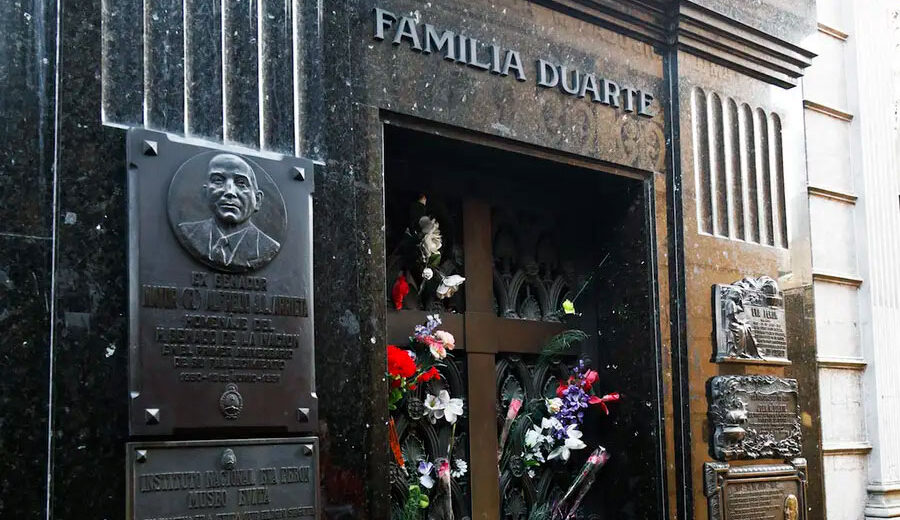
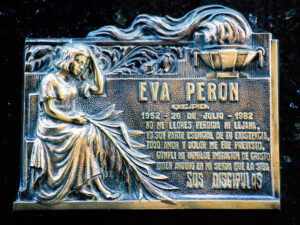 So, here you are. Short and sweet, what you need to know about Eva Perón before you visit her resting place.
So, here you are. Short and sweet, what you need to know about Eva Perón before you visit her resting place.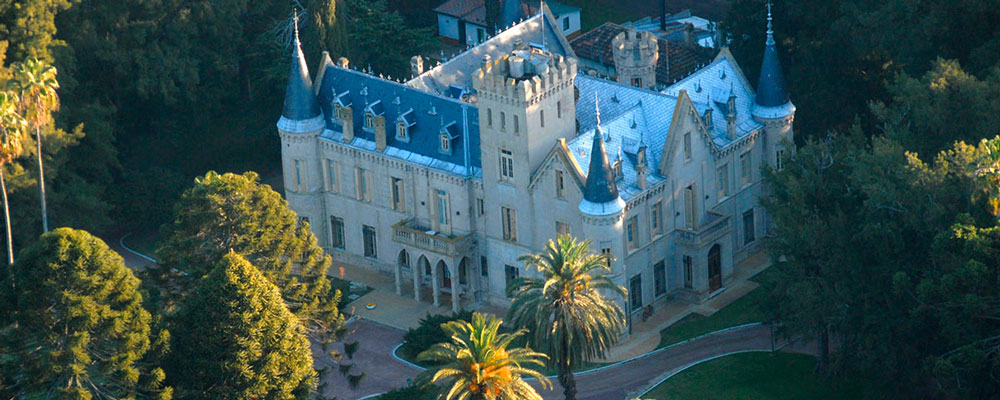
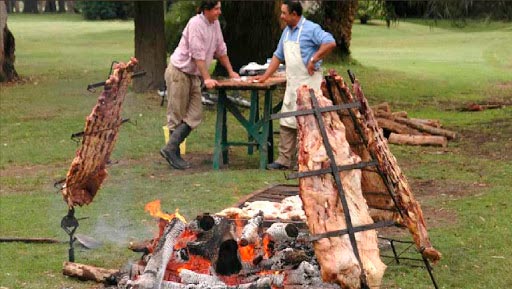 Nevertheless, it is best to go on Saturdays, when the true traditional Argentinean party is on. For as little as 35 usd approx. (2700 ARS today, contact them for updates) you get to enjoy a reception of empanadas and a lesson on how to make them, a tour around the castle, a complete Argentinean asado, a traditional folk-dance show, a display of gaucho skills,and tea-time with delicious Argentinean pastries. Moreover, you can take relaxing strolls through the fields, designed by Carlos Thays, and from November to March the swimming pool available.
Nevertheless, it is best to go on Saturdays, when the true traditional Argentinean party is on. For as little as 35 usd approx. (2700 ARS today, contact them for updates) you get to enjoy a reception of empanadas and a lesson on how to make them, a tour around the castle, a complete Argentinean asado, a traditional folk-dance show, a display of gaucho skills,and tea-time with delicious Argentinean pastries. Moreover, you can take relaxing strolls through the fields, designed by Carlos Thays, and from November to March the swimming pool available.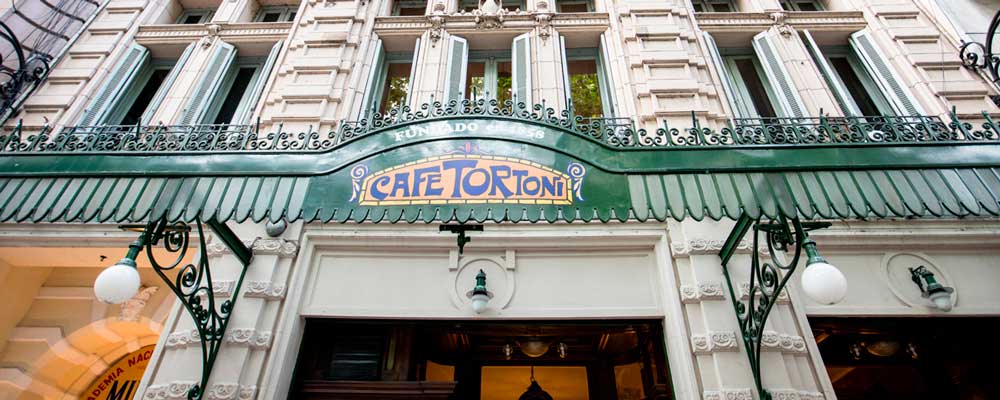

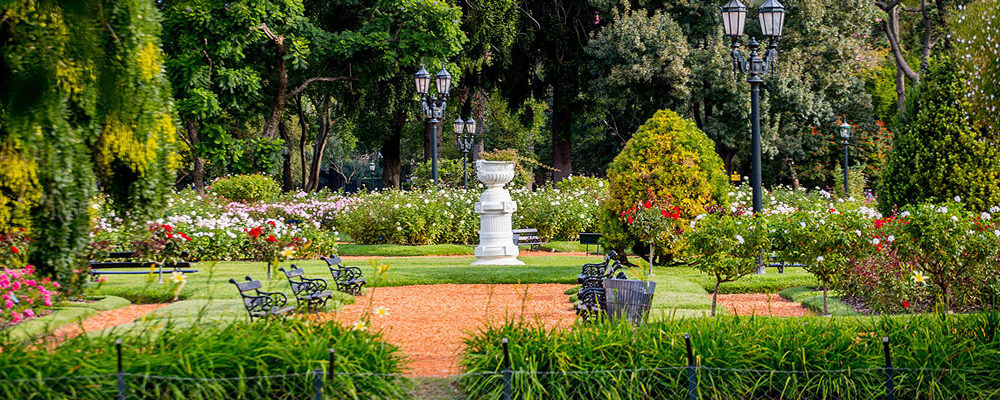
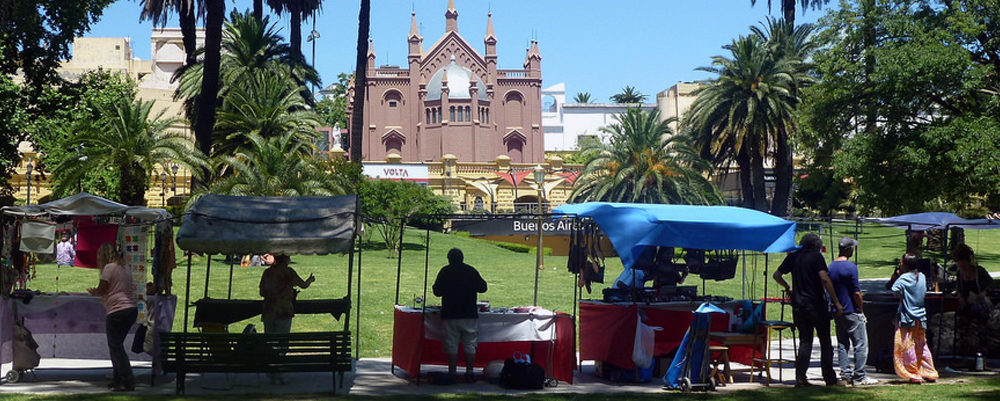
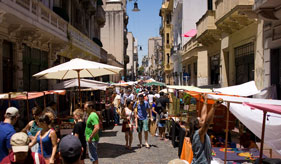 In this article we share with you with the most popular markets you’ll find in Buenos Aires:
In this article we share with you with the most popular markets you’ll find in Buenos Aires: